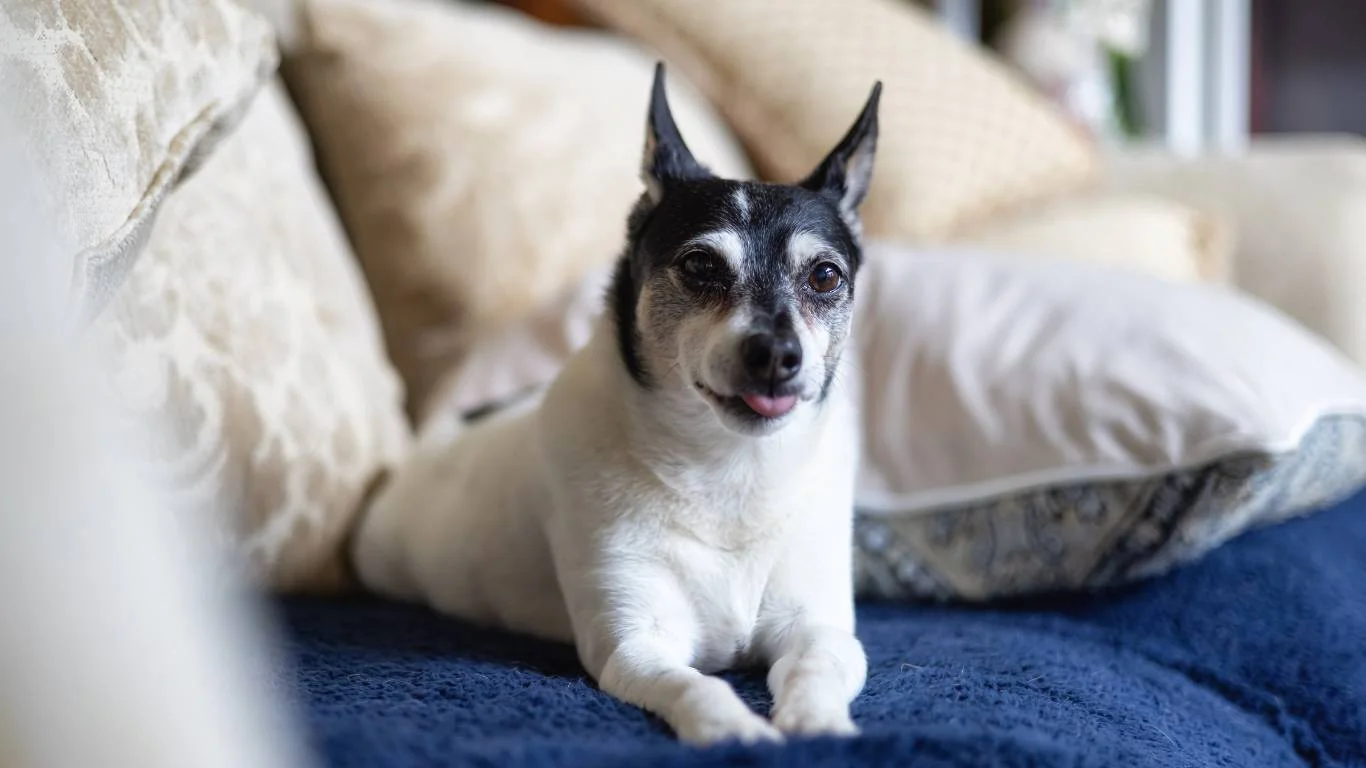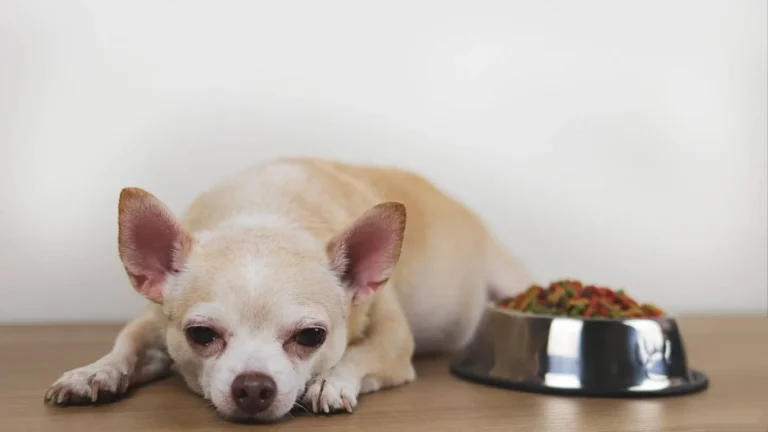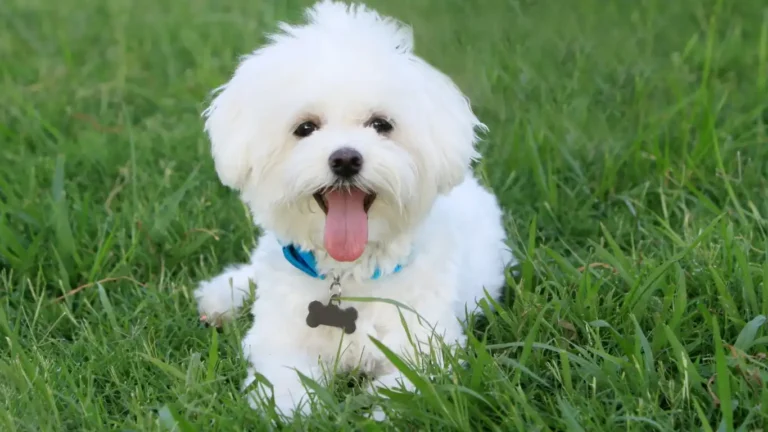Help Your Dog Recover Fast: Proven Tips for Muscle Strains
Ever noticed your pup suddenly limping after a rowdy play session or a hike that was just a little too adventurous? Yep, I’ve been there—both as a pet parent and as a veterinary assistant with a deep focus on nutrition. If you’re wondering how to help a dog with a muscle strain, you’re not alone. Muscle strains in dogs are surprisingly common, especially in our active fur-buddies who don’t exactly know when to take it easy. The good news? With a little care, some smart nutrition tweaks, and a watchful eye, you can absolutely help your dog bounce back safely and comfortably.
Understanding Muscle Strain in Dogs

Let’s start with the basics: What exactly is a muscle strain in dogs? Just like in humans, it happens when muscle fibers are overstretched or torn. This usually comes from overuse, sudden movements, or awkward landings. The result? A limping pup, tenderness when touched, or a dog that’s suddenly not as eager to chase the ball as usual.
I remember working with this sweet Golden Retriever named Max—total goofball, loved sprinting after squirrels like he was on a mission. One day, he came hobbling in, clearly uncomfortable. After an exam, the vet confirmed a mild muscle strain in his hind leg. His recovery was smooth, but it took a mix of TLC, rest, and the right nutrients to get him back on track.
Common Signs Your Dog Might Have a Muscle Strain
- Limping or favoring one leg
- Reluctance to climb stairs or jump onto furniture
- Stiffness, especially after rest
- Whining or flinching when a certain area is touched
- Swelling or heat in a specific area
Pro tip: Dogs hide pain well. If your dog’s behavior seems off, trust your gut and observe carefully. You know your pup better than anyone.
First Steps: What to Do When You Suspect a Muscle Strain

So your dog might have a muscle strain—now what? The very first step is rest. I know, easier said than done with an energetic dog, but giving those muscles a break is crucial. Think of it like you pulling a hamstring. Would you run a marathon the next day? Hopefully not.
Here’s What I Recommend Right Away:
- Restrict Activity: Leash walks only, no fetch or rough play for at least 7–10 days.
- Cold Compress: Apply a cold pack to the area for 10–15 minutes, 2-3 times daily during the first 48 hours.
- Vet Visit: Always worth getting checked out to rule out anything more serious like a ligament tear.
When I worked with our clinic’s rehab team, we often emphasized that the first 48 hours are the most important for minimizing inflammation. Getting that swelling down quickly can make a huge difference in your dog’s comfort and healing timeline.
Nutrition’s Role in Muscle Recovery

Okay, this is where I really light up—because nutrition can truly be a game-changer. A dog recovering from a muscle strain needs more than just downtime; they need the building blocks to repair that muscle tissue. And yes, diet plays a huge role here.
Key Nutrients That Support Muscle Recovery
- Protein: The foundation for muscle repair. Make sure your dog’s food is high-quality and protein-rich. Sometimes a little lean cooked chicken or turkey (no seasoning!) helps too.
- Omega-3 Fatty Acids: Found in fish oil, they reduce inflammation and support joint health. I’ve seen so many pups perk up once we added this into their diet.
- Vitamin E and C: Both are antioxidants that help reduce oxidative stress on tissues and support healing.
- Glucosamine and Chondroitin: These are more commonly known for joints, but they also help with soft tissue recovery.
I had a senior Lab patient who dealt with a couple of strains during her golden years. We adjusted her diet with added omega-3s and a joint-support blend, and her recovery time got noticeably quicker each time. Her mom swore by the combo of rest, supplements, and short daily massages (more on that in the next section!).
Feeding Tips While Recovering
- Stick to regular meal times to maintain metabolism and avoid weight gain.
- If your dog’s less active, slightly reduce calorie intake—but don’t skimp on nutrients!
- Consider a vet-recommended supplement blend for recovery support. There are some great joint and muscle health formulas out there these days.
Just like humans hit the protein shakes post-gym, our dogs need support too—it just comes in the form of real food and smart nutrition tweaks.
Gentle Home Therapies for Supporting Muscle Healing

Alright, now that we’ve covered rest and nutrition, let’s chat about something I absolutely love recommending—gentle home therapies. These can make your dog’s recovery from a muscle strain smoother, more comfortable, and honestly, even a bit bonding for both of you.
Back in the clinic, I used to demo massage techniques for pet parents all the time. It was one of those “light bulb” moments—folks didn’t realize just how soothing and helpful a little hands-on care could be for their dogs. Plus, many pups absolutely adore it. Tail wags don’t lie.
Simple Massage Techniques for Sore Muscles
- Start slow: Use gentle, circular motions over the strained area. Avoid direct pressure on painful spots—this isn’t deep tissue time.
- Keep sessions short: 5–10 minutes is plenty. You’re aiming for relaxation, not a full spa day.
- Watch body language: If your pup pulls away, stiffens, or looks uncomfortable, take a break or skip that area.
Massage isn’t just about soothing sore spots—it also helps boost circulation, which in turn brings more nutrients to the healing muscle tissue. That’s a win-win. I had one Border Collie patient who visibly relaxed after just a few massage sessions at home—ears back, eyes soft, the whole “ahhh” vibe.
Warm Compress for Stiffness (After the First 48 Hours)
Once the initial inflammation is down (usually after 2–3 days), switching to a warm compress can really help loosen things up. You can use a warm towel or a microwavable heating pad wrapped in a cloth. Just make sure it’s not too hot and always supervise!
Exercise and Mobility: Getting Back on Their Paws

After a few days of rest, one of the most common questions I’d get is: “When can my dog go back to normal walks?” The answer? Slow and steady wins the race.
Think of it like physical therapy for dogs. You want to gradually reintroduce movement to avoid re-injury. I used to walk post-strain pups on soft grassy areas (less impact than pavement), and always kept them on leash—even the ones that *really* wanted to run wild again.
Step-by-Step Return to Activity
- Short leash walks: Start with 5–10 minute walks twice a day.
- Increase gradually: If there’s no limping or stiffness the next day, add a few minutes every 2–3 days.
- No off-leash play yet: Even if they seem “totally fine,” you don’t want to undo all the healing with one excited leap.
- Incorporate gentle stretches: Ask your vet about passive range of motion stretches for the affected leg or area. These help maintain flexibility.
I’ve seen too many cases where dogs re-strain themselves just because they were feeling better too soon and got a little too rowdy. Let the body fully heal—your future self will thank you for it!
Preventing Future Strains (Because Nobody Wants a Repeat)

Once your pup is fully recovered, let’s talk prevention. Because while it’s great that you now know how to help a dog with a muscle strain, avoiding it altogether is even better. Prevention isn’t just about keeping your dog out of pain—it’s also about long-term quality of life.
Daily Habits That Reduce Injury Risk
- Warm-up walks: A few minutes of slower-paced walking before running or playing helps prep the muscles.
- Keep nails trimmed: Overgrown nails can throw off gait and balance, leading to awkward landings.
- Weight management: Extra weight = extra stress on muscles and joints. Keep those treats in check!
- Varied terrain walks: Walking on grass, sand, or trails helps build stabilizer muscles naturally.
In the clinic, we used to do “fitness check-ins” for athletic or aging dogs—just like athletes do with trainers. Catching tight muscles or imbalances early can help prevent full-blown injuries down the line. Even things like posture, gait, or favoring a side can be clues something’s off.
Consider Canine Conditioning or Hydrotherapy
If you’ve got an active dog or one prone to strains (I’m looking at you, spring-loaded Labs), structured exercise might be a game-changer. Canine conditioning classes and hydrotherapy are incredible for building core strength and flexibility without stressing joints.
One of our patients, a crazy-fast Aussie mix, went through hydrotherapy after her second soft tissue injury. The difference it made? Night and day. She was stronger, more balanced, and best of all—injury-free for over two years.
Honestly, the key takeaway here is this: Know your dog. Know their limits, and support their recovery with a mix of rest, the right food, movement, and love. Healing isn’t just about what you do for a few days—it’s about creating an environment that supports long-term health. And as someone who’s helped countless pups through this process, I promise—it’s 100% worth it.
Long-Term Care and Monitoring After a Muscle Strain

Once your dog’s muscle strain has healed, it might feel like everything’s back to normal—and that’s awesome! But there’s still some behind-the-scenes stuff to think about. Even after recovery, I always remind pet parents that staying proactive is key. Think of it like managing your own health after an injury—there’s no “done,” just smarter choices from here on out.
From my own experience at the clinic, the dogs who healed best long-term were the ones whose humans kept an eye on subtle changes. Slight limping after play, stiffness in the morning, slower movement—these can all be early clues that something’s flaring up again. Catching it early makes all the difference.
Here’s What I Recommend Keeping an Eye On:
- Watch for recurring limping or stiffness, especially after longer walks or active days.
- Track energy levels: If your normally bouncy pup seems low-key or hesitant to move, dig deeper.
- Recheck weight regularly: Less activity can sneakily lead to a few extra pounds, which strain healing muscles.
Bonus tip? Keep a little notebook or use a notes app to log anything unusual—it helps so much when updating your vet or rehab specialist, especially if symptoms come and go.
Tools That Help Your Dog Stay Comfortable at Home

Now let’s talk about making your home recovery-central. Even small upgrades in your dog’s environment can seriously help with healing and long-term joint/muscle health. When I worked with senior pups (or any dog coming back from a soft tissue strain), these were the game-changers that made daily life smoother—for both pup and human.
Helpful Additions for Home Comfort:
- Orthopedic dog bed: These offer better support and help reduce pressure on sore muscles.
- Non-slip rugs or mats: Especially on tile or wood floors—less slipping means fewer strain risks.
- Pet ramps or stairs: Perfect for getting on the couch or into the car without sudden jumps.
- Elevated food and water bowls: Keeps posture neutral during mealtime, which helps more than you’d think.
I once had a patient—an older German Shepherd—who kept tweaking her shoulder jumping into the SUV. Once her family added a car ramp, no more setbacks. Sometimes, it really is the little things.
When to Revisit the Vet
I know vet visits can be stressful (and pricey), but when it comes to muscle injuries, they’re 100% worth it—especially if something feels off. Muscle strains can sometimes mask bigger issues like ligament tears or joint damage, so don’t wait it out if your pup isn’t improving.
Red Flags to Watch For:
- Strain symptoms lasting more than 10–14 days
- Increased swelling or heat around the affected area
- Refusing to put any weight on the leg
- Changes in appetite or mood (especially if paired with limping)
If anything on that list pops up, give your vet a call. It’s always better to check early and avoid chronic problems. And trust me, your vet would rather see your dog for something minor than after it’s escalated into something bigger.
Recovery Isn’t Just Physical—Mind Matters Too
We don’t talk about this enough, but healing from a muscle strain isn’t just about the body—it’s also about the mind. A bored dog is a frustrated dog, and during those rest days, it’s easy for energy to bottle up.
Brain Games for Recovery Days
- Treat puzzles and snuffle mats: Great for keeping them mentally stimulated without physical strain.
- Training refreshers: Practice easy commands like “sit,” “stay,” or “paw” while they’re resting.
- Food-dispensing toys: They slow down mealtime and make it more interactive—win-win.
My own dog, Luna, had a mild shoulder strain a while back. She was so over being on crate rest. I kept her busy with frozen Kong toys and low-effort training games from her bed, and it made all the difference in her mood—and mine too, honestly.
Helpful Resources
Want to go deeper? These are some of my go-to sources when I want to double-check info, learn more about recovery care, or recommend reading for pet parents:
- PetMD – Tons of reliable veterinary articles.
- American Kennel Club (AKC) – Especially good for breed-specific health tips.
- NIH – If you’re curious about the human side of muscle healing, this gives great science-backed context.
- Health.com – Occasionally helpful crossover tips for nutrition and joint health.
Disclaimer
This article is intended for informational purposes only and does not substitute for professional veterinary advice, diagnosis, or treatment. Always consult your veterinarian or a licensed animal health professional with any questions you may have regarding a medical condition or treatment plan for your pet.






